 Arkansas Cumberland College
Arkansas Cumberland College
Entry Category: Johnson
 Arkansas Cumberland College
Arkansas Cumberland College
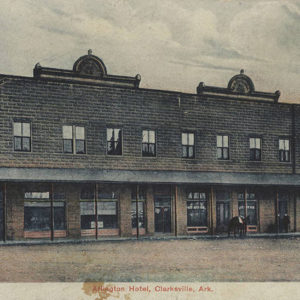 Arlington Hotel
Arlington Hotel
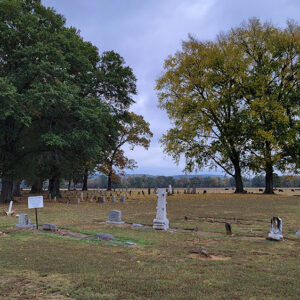 Brown's Cemetery
Brown's Cemetery
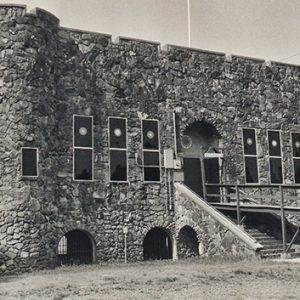 Bunch-Walton Post 22 American Legion Hut
Bunch-Walton Post 22 American Legion Hut
Clarksville (Johnson County)
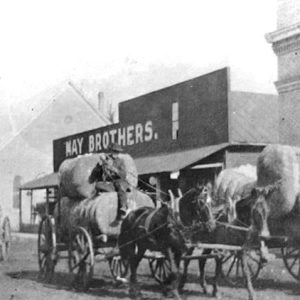 Clarksville Cotton
Clarksville Cotton
 Clarksville Depot
Clarksville Depot
 Clarksville Gas Station
Clarksville Gas Station
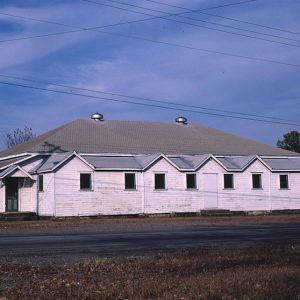 Clarksville Skating Rink
Clarksville Skating Rink
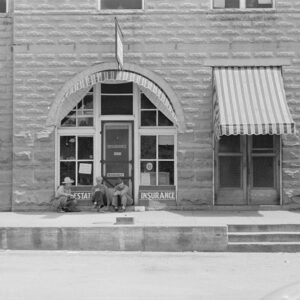 Clarksville Street Scene
Clarksville Street Scene
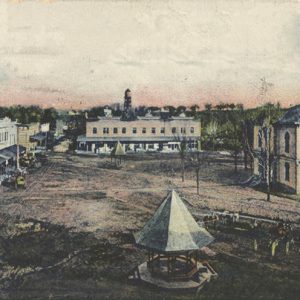 Clarksville Street Scene
Clarksville Street Scene
Coal Hill (Johnson County)
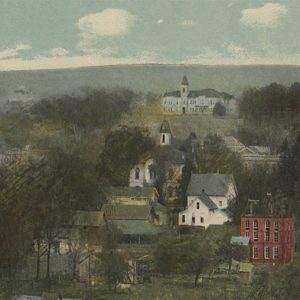 Cumberland College
Cumberland College
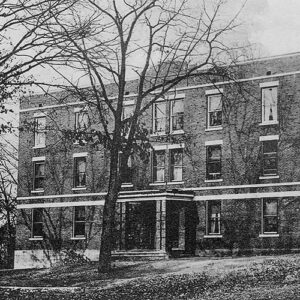 Grove Hall
Grove Hall
Hartman (Johnson County)
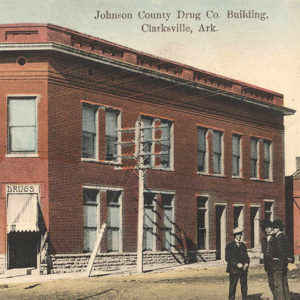 Johnson Drug
Johnson Drug
 Knoxvile School
Knoxvile School
Knoxville (Johnson County)
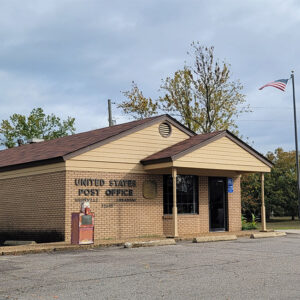 Knoxville Post Office
Knoxville Post Office
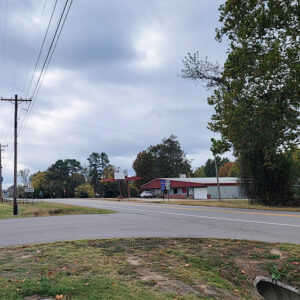 Knoxville Street Scene
Knoxville Street Scene
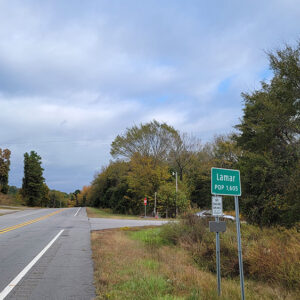 Entering Lamar
Entering Lamar
Lamar (Johnson County)
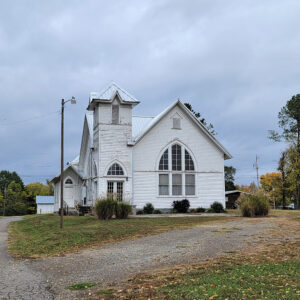 Lamar Church
Lamar Church
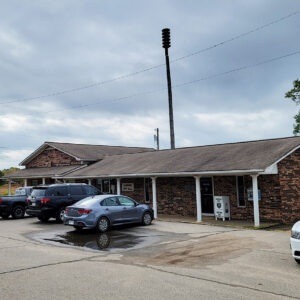 Lamar City Hall
Lamar City Hall
 Lamar Fire Department
Lamar Fire Department
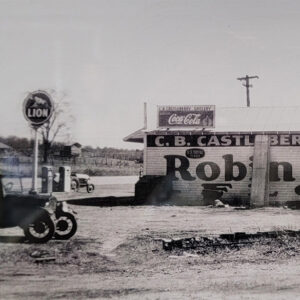 Lamar Grocery
Lamar Grocery
 Lamar School
Lamar School
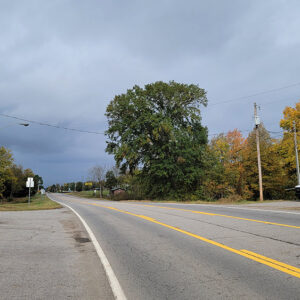 Lamar Street Scene
Lamar Street Scene
 Lamar Street Scene
Lamar Street Scene
 Arch McKennon Home
Arch McKennon Home
 Montana School
Montana School
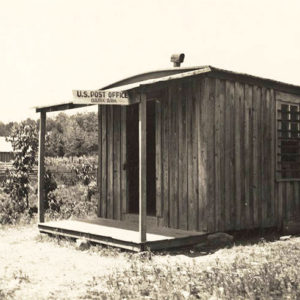 Oark Post Office
Oark Post Office
 Peach-Eating Contest
Peach-Eating Contest
 Riddell Theater
Riddell Theater
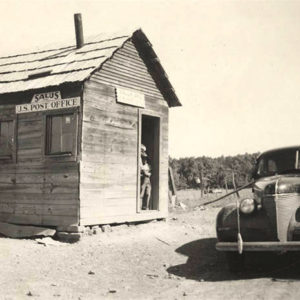 Salus Post Office
Salus Post Office
Spadra (Johnson County)
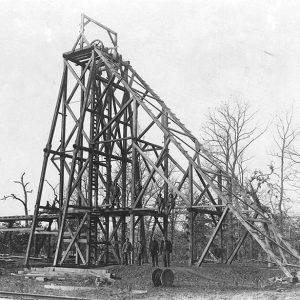 Spadra Mine
Spadra Mine
 Veterans Day Parade
Veterans Day Parade




